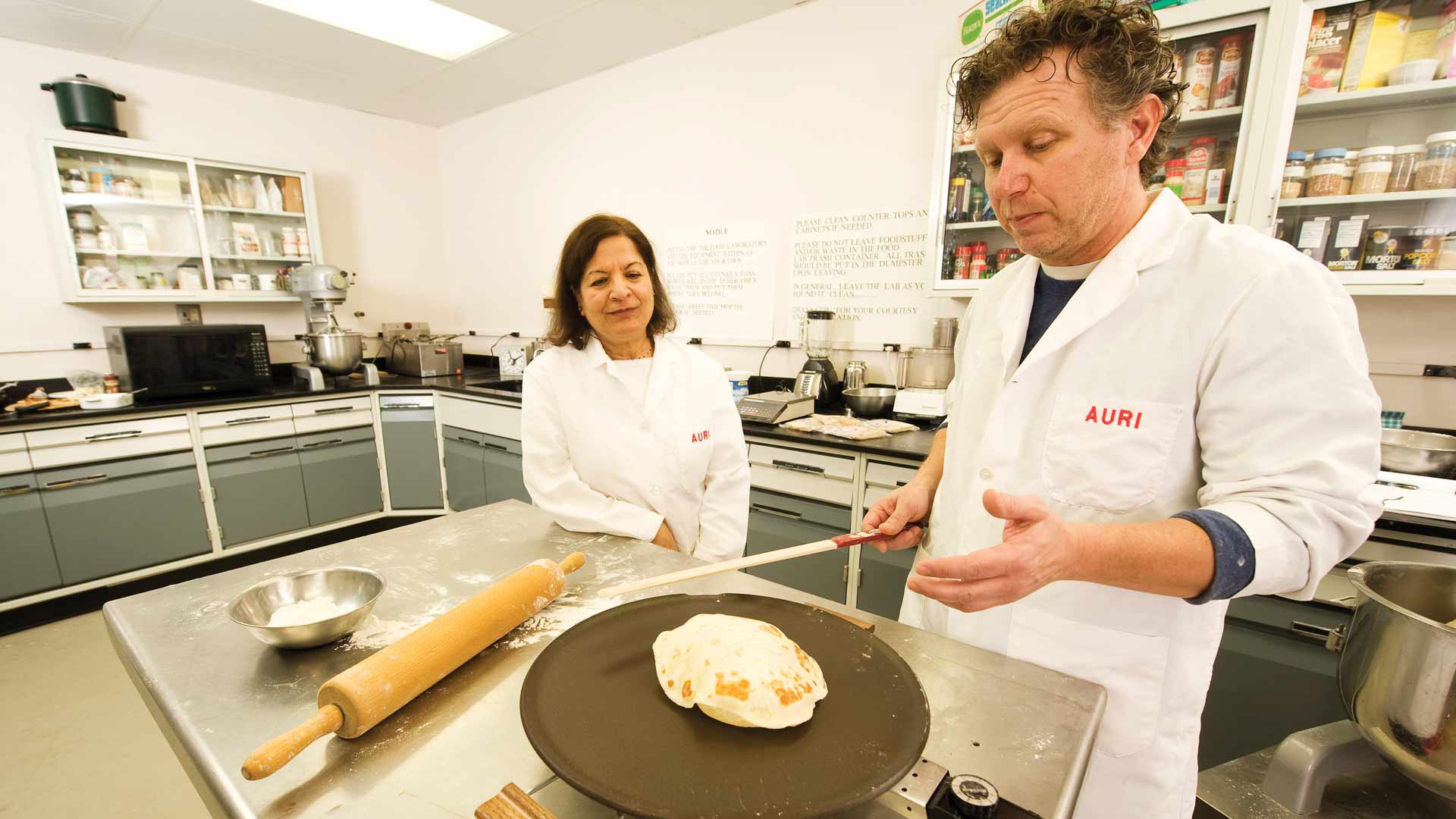 –by Charan Wadhawan, Ph.D Senior Scientist, Food and Nutrition
–by Charan Wadhawan, Ph.D Senior Scientist, Food and Nutrition
Since 2009, the retail gluten-free food market has grown 200 percent, according to U.S. Foods, a leading food distributor. What is responsible for the continued growth is debatable. Some health experts believe that it may be due to more awareness of celiac disease and gluten sensitivity or gluten intolerance. Other factors may include the improved taste of gluten-free products, consumer perception that it’s better for you than traditional food, trendiness, and interest in natural and organic food.
In my opinion, a gluten-free diet is not a healthier diet for those who don’t need it. Most gluten-free breads are lower in protein content, contain little fiber and lack micro-nutrients that are present in whole-wheat flour.
A gluten-free diet excludes all foods containing gluten, which is found in wheat, barley, rye and triticale. This diet is recommended for people with celiac disease, which is a genetic autoimmune disease where the surface of the small intestine that absorbs nutrients from food is damaged by the consumption of gluten. According to the National Foundation for Celiac Awareness, an estimated 1 in 141 Americans is affected by celiac disease. These individuals require a strict, lifelong gluten-free diet.
There is also a segment of population that is believed to have a non-celiac condition called gluten sensitivity or gluten intolerance. There are a lot of unknowns about this condition, including how to identify people with the condition, but we do know that gluten-sensitive patients can have abdominal pain similar to irritable bowel syndrome, vomiting, fatigue, headaches and paresthesia (tingling of the extremities). There is little scientific data to back up most of these claims.
Gluten-free baking and products
Replacement of wheat in baked products poses technical challenges as gluten affects the texture and taste of the products and is difficult to duplicate. Without it, bread products turn out with a flat, heavy and dense texture. In cakes and cookies, the problem is not as critical. Food manufacturers have developed a range of ingredients that mimic the functionality of wheat flour, and there are a lot of different products that can be used when creating gluten-free baked goods including corn, rice, wild rice, buckwheat, amaranth, sorghum, millets, nuts, sunflower seeds, flax seeds, tapioca and beans such as soy and legumes.
Cost is always a factor in the formulation of gluten-free products because wheat flour is a comparatively inexpensive ingredient when compared with most of the ingredients used to replace it.
Gluten can also be present in food due to cross-contamination as a result of manufacturing or distribution practices. A good example is oats, which are gluten free but avoided by those with Celiac disease because they are often contaminated with gluten-containing grains. Many pre-packaged foods also contain gluten containing grains. Read the label to make sure all the ingredients in the product are gluten free.
Keeping important nutrients
Gluten-free products are typically made from refined flours and starches. These are lower in protein and fiber, while other ingredients like sugars and fats remain the same. To maintain the nutritional value of gluten-free products, addition of soy meal, dry edible bean powders, whey powder or egg whites can improve the nutritional profile of the finished product.
AURI’s work on gluten-free products
At AURI, we provide scientific assistance with the development of commercial gluten-free products. Over the years, we’ve provided assistance to entrepreneurs in this area, including Bittersweet Bakery and Pappa Q’s Gluten-Free Mixes. As the gluten-free trend continues, we see a growing interest from food manufacturers to capitalize on this trend, and we’re excited to continue to help Minnesota’s small- and medium-sized businesses expand with new products and processes that meet market demand.

